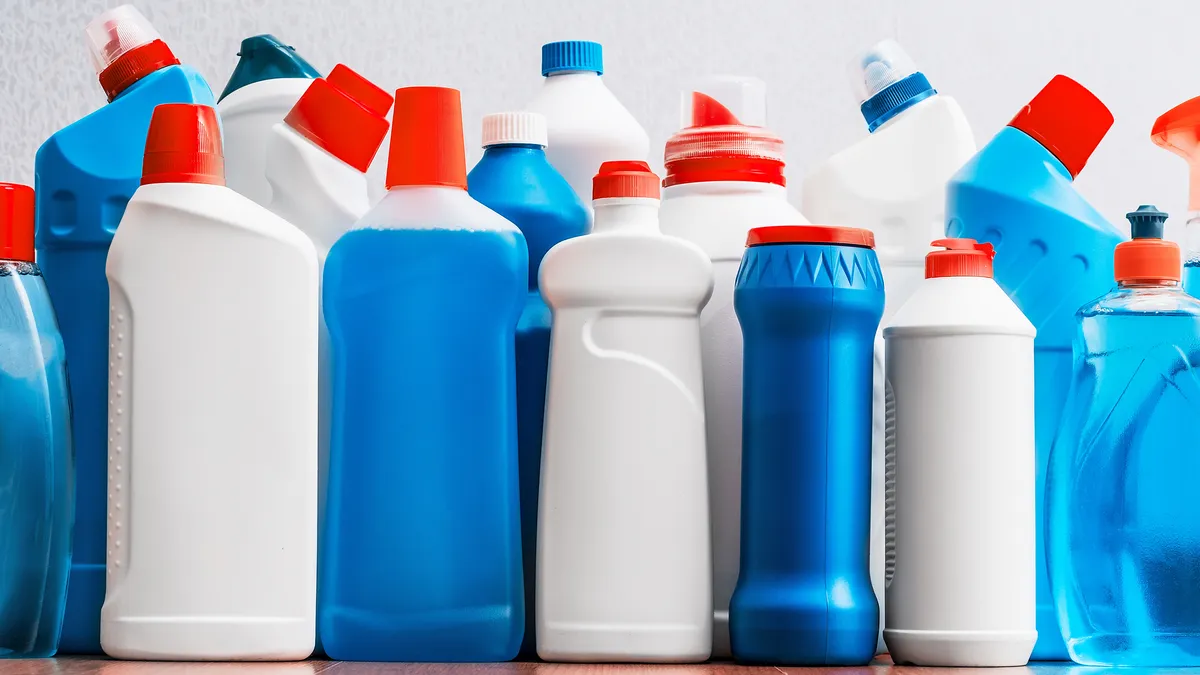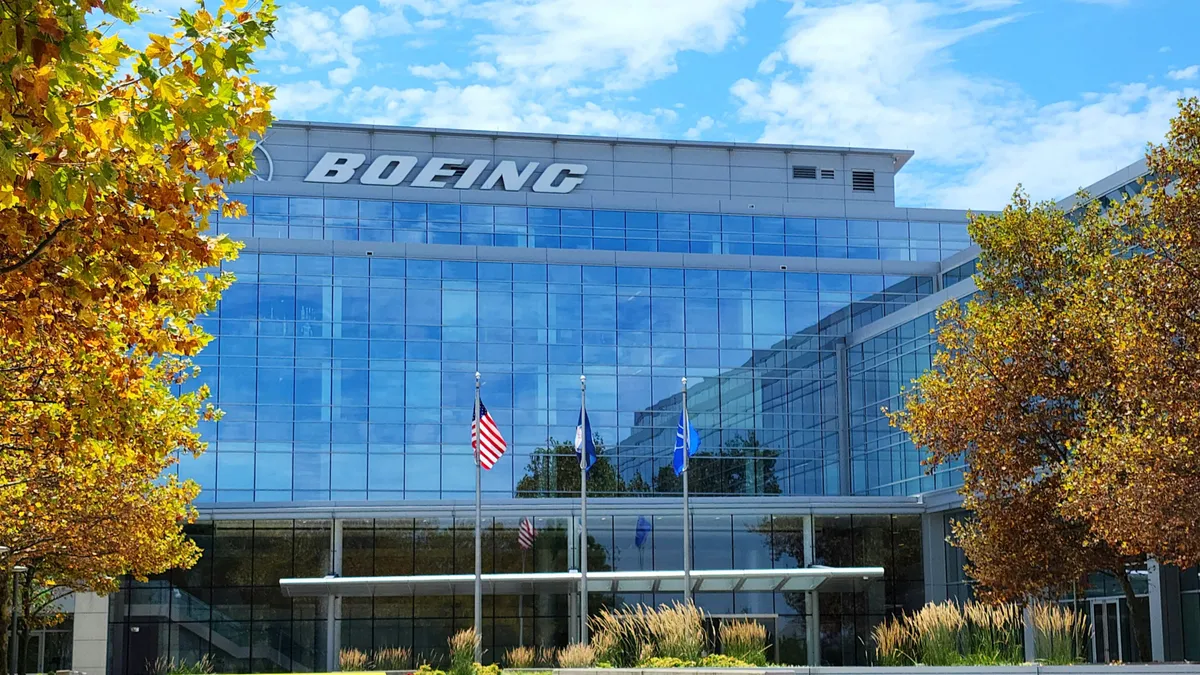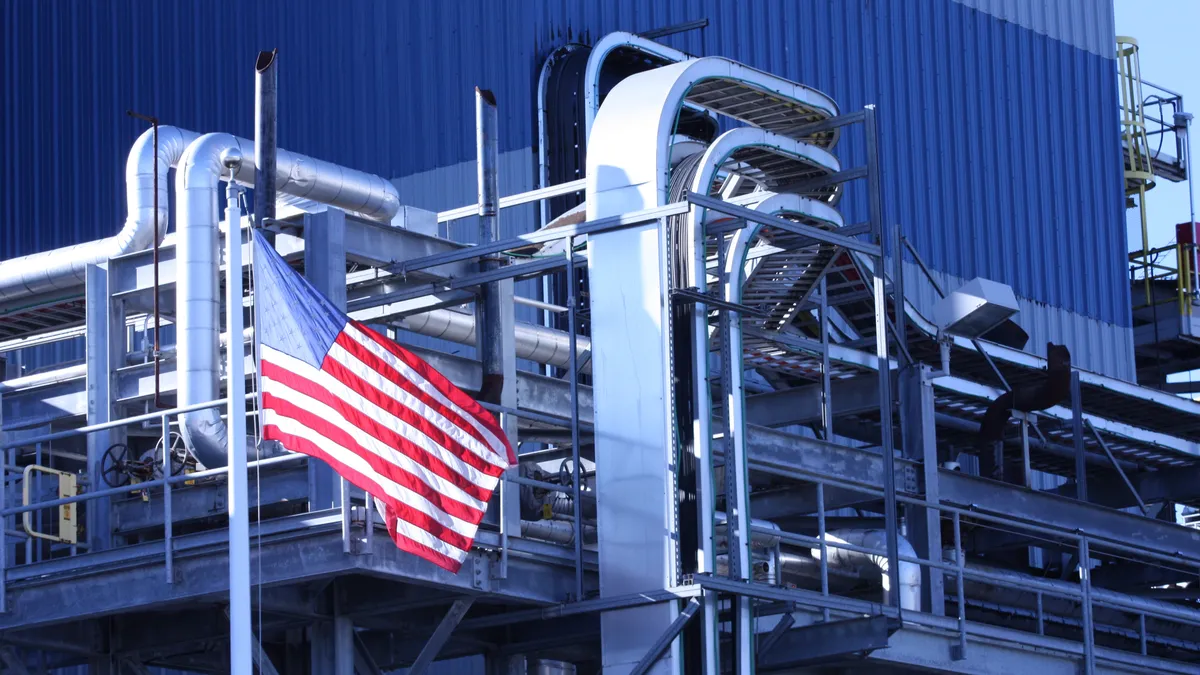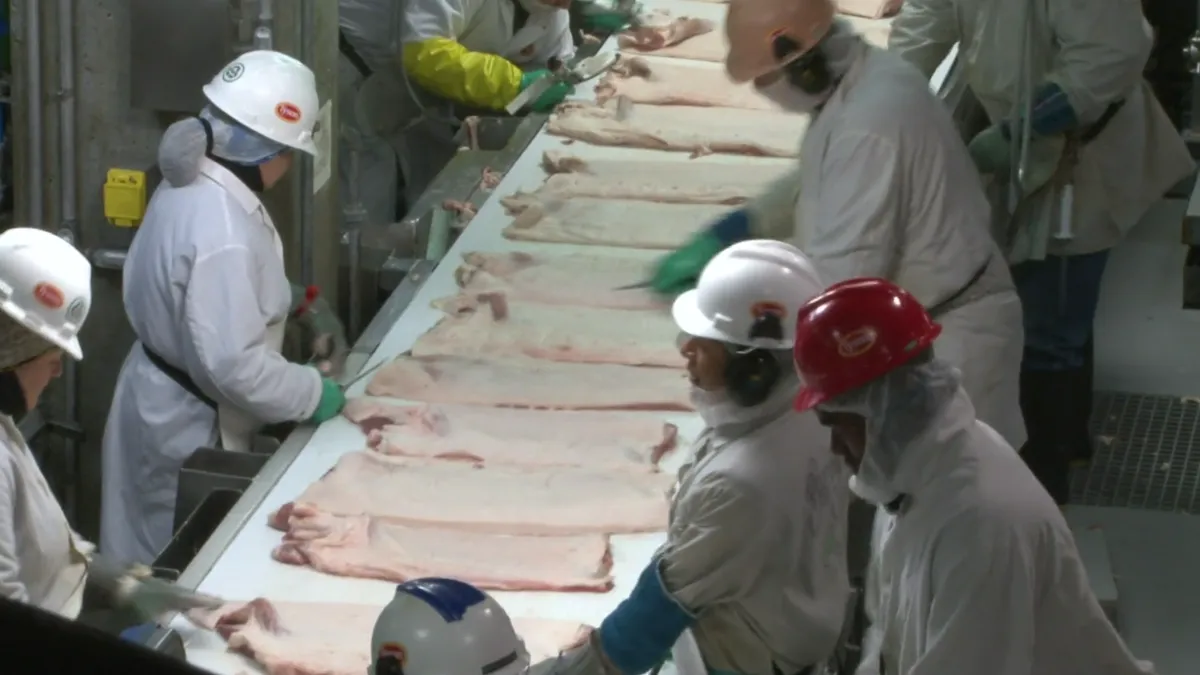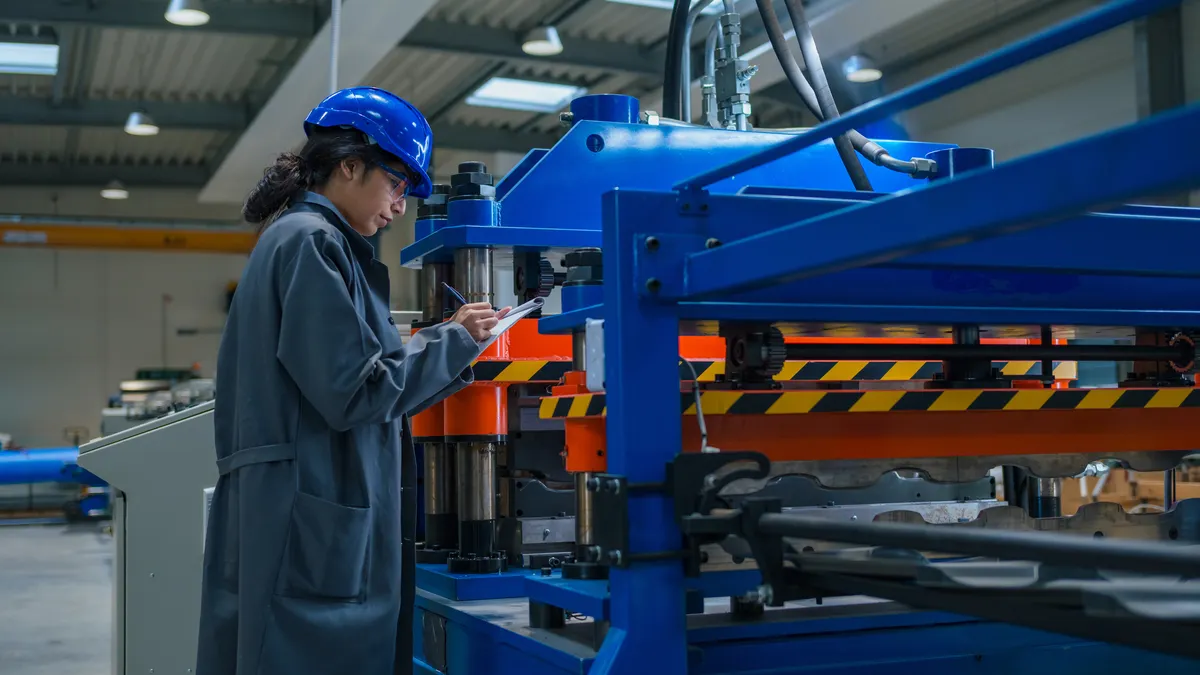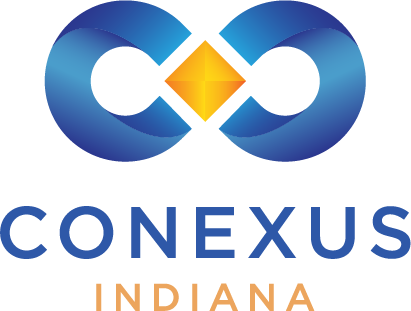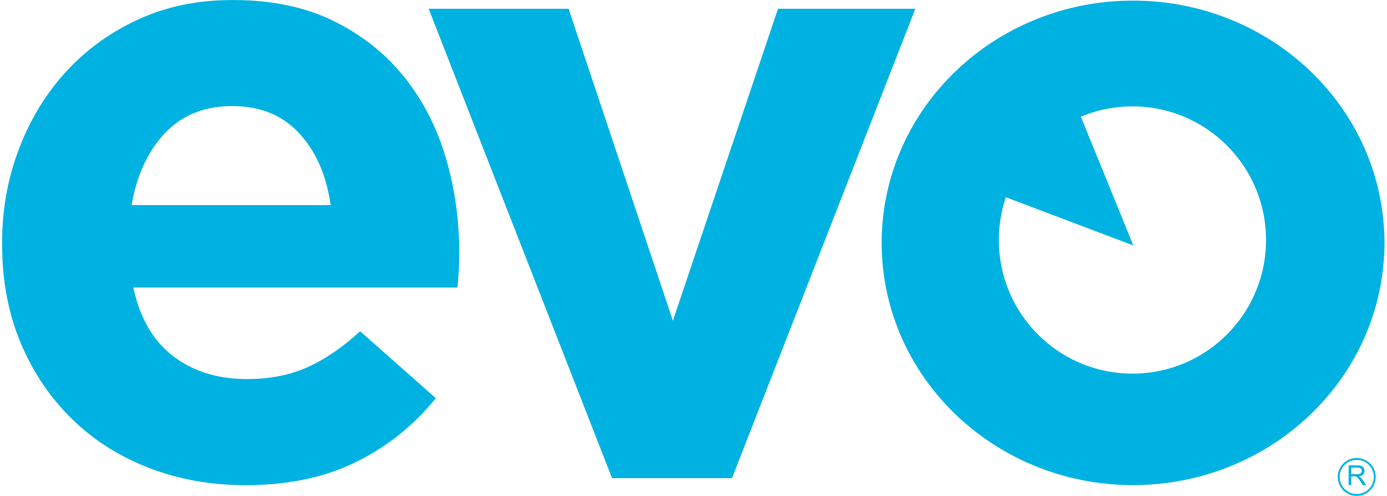Questions about toxic chemicals in plastics and packaging are evolving rapidly and making headlines. Finding standardized and transparent ways to weigh risks, while also identifying safer solutions, has been a key part of Mark Rossi’s career for the past two decades.
Rossi, executive director of the nonprofit Clean Production Action, recently announced he will step down from that role to pursue new ventures next year. He joined the group as research director in 2004. During his time, Rossi helped launch the GreenScreen for Safer Chemicals chemical hazards assessment and later the GreenScreen Certified label for “environmentally preferable products.” Rossi was also part of a team that launched the Chemical Footprint Project in 2014 and supported the United Nations’ Global Framework on Chemicals in 2023.
This work is expected to become all the more relevant as a growing number of regulations restrict products’ inclusion of certain categories of chemicals, such as PFAS. Rossi recently spoke with sister publication Packaging Dive about how he’s seen the space evolve, how companies can keep up with changing regulations and what’s next in the field.
This interview has been edited for length and clarity.
PACKAGING DIVE: What drew you to this work and how did the landscape look for packaging certification when you started?
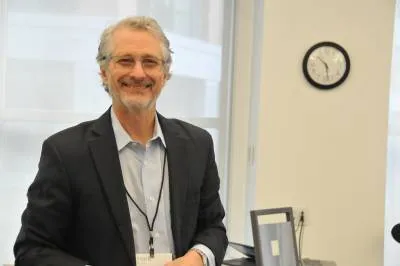
MARK ROSSI: I'm an environmentalist, so I'm really committed to a healthy environment for all people on the planet. I ended up landing through various processes — through graduate school, through initial work after graduate school — to focus on toxic chemicals in people and the environment.
What really captivated me, and what animated my work at Clean Production Action, is: How do we create tools that make this complexity of chemicals and toxicity easier for organizations to address, make decisions and move forward on the path to safer chemicals?
My work started out with toxics use reduction and pollution prevention. The goal was always to remove the toxic chemicals in the first place, so then you don't have to deal with them in manufacturing and exposing workers and pollution into the environment. And then not having to deal with it in products, and again exposing workers and not having to deal with it at the end of its life, when you're either recycling or disposing of it.
So that's sort of the easy thing to say. But then how do you create frameworks and tools to make this easier? So product certification became a way of doing that, to demonstrate that companies have taken a look at their chemicals and their products — evaluated them, removed hazardous chemicals — and are on this pathway to safer chemicals and products.
In some cases there are regulations related to this, but in other cases there aren’t. That’s where a voluntary certification comes in. What kind of information was lacking when you started and what did some of these certifications help provide to consumers in the market?
One of the major gaps in a lot of certifications is a deep dive into toxic chemicals in products.
When we started initial assessments were around PFAS chemicals, for example. They were looking at categories like PFOA, PFOS. Do you have those chemicals in your product? And then companies would say, “we're PFOS free.” And we came in and said, look, that's unacceptable. That's just a whack-a-mole approach. You really have to eliminate all perfluoro- and polyfluoroalkyl substances, the PFAS category of chemicals, and go at it from a class-based approach.
So we have done that in the product certification in many different other chemical classes. So we say no ortho-phthalates. No Bisphenol A and similar compounds, and looking at that class of bisphenols. No parabens.
The other real big challenge ... is companies rarely disclose every single chemical that's in their product or potential residuals in the products that may be chemicals of concern. Confidential business information is a big reason not to disclose that. There's a lot of barriers in supply chains to full chemical ingredient disclosure at the product level, and so then you're missing that information as the public.
So GreenScreen Certified works with companies and we sign nondisclosure agreements with the company so they can provide those full chemical ingredients. And then those ingredients get assessed to a common chemical hazard assessment framework.
It provides companies both with that stamp of approval, but it also embeds a whole way of thinking into how companies look at their products and the materials that they're using in those products. We've created this whole ecosystem of other consulting firms that can do this work and make this process much simpler for companies.
Have you started to see companies get more proactive about this over time when they make new products?
If we go back 10 years ago, hardly anybody's doing it. Now, typically you have the leaders in a sector, maybe some early adopters. There's a long trajectory or pathway to try and get a significant majority of markets doing this. But today you have a lot more companies doing it, a lot more companies asking for this up their supply chain.
So this is in packaging, it's in electronics, it's in apparel and footwear, it's in cleaning products. It's across all these sectors downstream from the chemical manufacturers, who are working to get greater awareness of the chemicals in their products and identifying those toxic chemicals and moving to safer solutions.
What happens is the regulatory environment is a lagging indicator of innovation. It's a lagging indicator of what is best practice in addressing chemical pollution, plastic pollution.
When I started this work in creating frameworks like this, over 25 years ago, my sense was you really had to have regulation to drive innovation. Without it, companies weren't going to do it. And when I started to look at what companies are doing, there's a lot of leaders and innovators in all these different sectors. They may be smaller, but they've been doing this work. What we've really done is aggregated that work, put it into a standard which then companies can get certified to.
In thinking about certifications being ahead of regulations, how do you decide when it’s time to address a new chemical of concern?
We really follow the scientific literature and emerging issues. We're tracking what are best practices in corporations. We're also tracking what's the emerging science around the toxicology of chemicals. And you also have these concerns around chemistries that are persistent.
Persistence is such an indicator of a potential long-term problem, which means it's very slow to break down once it gets in the environment or it gets in our bodies. So things that are persistent have the opportunity to stay around and wreak a lot of havoc in humans, in the environment, in nature.
We tend to think of plastics as non-toxic. And now you have all this emerging evidence that plastics, because they're persistent, are just being found everywhere. They're now found in our bodies. They're found in the cells of animals and in the ocean. You're finding microparticles of plastics, basically, are now spread all across the globe.
And this is this issue with PFAS. The globe is dusted with it, because it's a persistent compound. Wherever it goes, it doesn't stay there and it keeps moving. You put PFAS on the ground, and then it gets in the soil, it slips through the soil, gets in the water, gets in the drinking water, then we're drinking it.
Does it get in the environment and accumulate as it moves up the food chains? Because then your exposure keeps getting greater and greater. Today we ask, is it persistent, mobile and toxic? Mobility, the ability of a chemical to move around the environment like PFAS, is becoming an issue.
With plastics, it’s not just one chemical category that possibly could be taken out of a product. It's a whole category of products that could contain multiple chemicals of concern. How do you approach that?
I would say an area to be looking at is biopolymers. You've got our current plastic economy, which is all from fossil-fuel based carbon. Biopolymers can be biodegradable. Biopolymers, too, can be persistent. Do they break down when they're exposed to sunlight, when they're exposed to air, or they're exposed to different environmental conditions? Under what conditions do they break down? How long does that take?
As you think about a more sustainable economy, we need to be moving to biobased sources of carbon for the materials, because we want to mitigate against climate change. So you reduce your use of fossil-based carbon — coal, oil, natural gas — and then you move to a biobased economy. And as you make that switch, then are you making a switch to biobased materials that are also inherently safer?
Where do you see the current market for certifying postconsumer recycled content, especially plastic? How do you hope that could evolve to better certify the safety and the quality of that material?
We struggle a lot with recycled content, especially of paper and plastic, because if it's postconsumer you don't know what's in it. If it's postindustrial, then you have much more control over knowing what's in the material.
This is the sort of toxic treadmill. If you have toxic chemicals in, you're going to have toxic chemicals out. If you design out the toxic chemicals in the first place, you're not going to have it in there. And it's going to take time for all those products to make their way through the economy and stop using them.
For Clean Production Action and GreenScreen Certified, we have very rigorous criteria. If you're using, for example, a virgin plastic, in terms of its toxicity we can't then say we're going to have lesser criteria for postconsumer recycled content. Or we haven't yet said that.
Postconsumer recycled content almost demands that we accept toxicity in our materials and our products in a way that we wouldn't be with virgin materials. I think that's hugely problematic.
So if you want to know that it's safer and it's postconsumer recycled content you're going to need testing, and we're going to need a set of tests that we really currently don't have today. This is an area where we're going to need a lot more development. Because you want fast, cheap testing.
Do you say, we want higher PCR in exchange for toxicity? I want both; I want recycled content that's safer and cleaner. And postindustrial recycled content is one start down that pathway. If you had much more closed loop systems from a corporate perspective, then you know what you put in your product and if you're taking it back you know what you're getting.
What else would you like to see from packaging manufacturers and consumer product companies to further evolve on certifications and give people more confidence in their products?
We've been talking about the circular economy and its relation to chemistry and materials. There’s also the idea of moving to a much more reusable economy. So as we move to reusables, they're going to cost more to produce and they are going to last longer. And there's also then an incentive to take them back and to break them down and recycle them.
So clearly, the reuse economy hits a lot of key buttons. It avoids these unnecessary uses of plastics. You've got a plastic pollution treaty that's coming. You're going to see a lot more regulation at the state government level. Some states are banning PFAS. Some are banning BPA. Some are banning PFAS in certain applications. Some are banning PFAS in all applications. The cacophony of regulations that's happening around chemicals is going to happen around plastics and single-use products.
And for those areas where reusables are just not going to work, what are you doing to get to safer, biobased materials? I think just saying you're going to be reliant on recycling to get to those materials is going to have its challenges.
Clearly it's not a one company solution. So then how does the sector come together and come up with solutions that meet the leading edge of where the environmental community is going to be, and increasingly, where states are going to be and governments are going to be?
What emerging areas are you watching next, and what kind of work would you like to do after leaving CPA?
There's going to constantly be emerging toxic chemicals of concern that weren't on the radar screen.
One category is called medium-chain chlorinated paraffins. Currently, short-chain chlorinated paraffins are banned in Europe. They're restricted in the Stockholm Convention on Persistent Organic Pollutants, organohalogens in general. PFAS chemicals are organohalogens. PVC is an organohalogen. It's a huge class.
We restrict organohalogens in our product certifications. It's often the reason various products fail.
The science is not going to sit still, it's going to constantly evolve. What's your next PFAS chemicals? You want to be ahead of it. Then when these new issues become market issues — become issues for the investment community, regulators — if you've already done it, you're in a leading position.
Personally, I'm looking forward to staying engaged in safer chemicals, addressing chemicals of concern. I'm really interested in advancing the concept of chemical footprinting and getting that to be much more widely known and adopted. A chemical footprint is the use of toxic chemicals in products, in manufacturing, in supply chains, in packaging.
What's nice about chemical footprint is it's a metric. You can say, this is how many chemicals of concern I have in my product. This is the weight. We can set goals to reduce it.
The other part that I'm really excited about is the new UN Global Framework on Chemicals, which was enacted in 2023. One of the targets addresses uses of chemicals of concern in downstream sectors, and also highlights the chemical footprint approach as a way of measuring chemicals of concern.
I think [the framework] provides an international approach to addressing chemicals which really aligns with this trajectory Clean Production Action has been on — greater transparency, greater reduction of chemicals of concern, greater movement to safer solutions.



